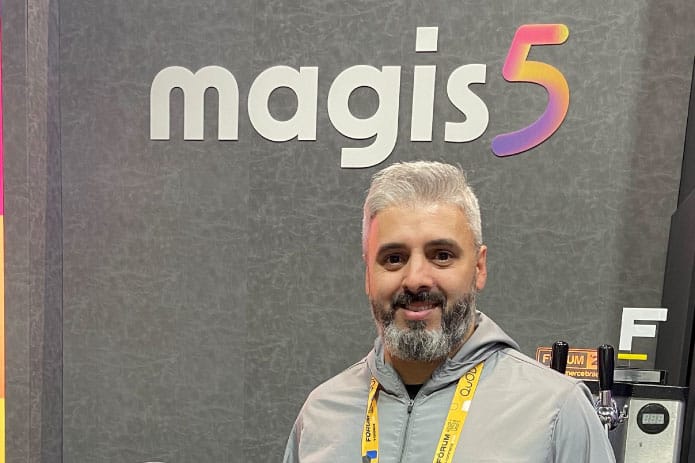With growth exceeding the national average, Navegantes stands out as one of Brazil's main logistics hubs, attracting companies and consolidating its strategic position in the national and international scene. According to Brain Strategic Intelligence, Santa Catarina has been growing three times faster than the national average, and Navegantes leads this growth, with an annual growth rate of 2.8%, surpassing the state average of 1.6% and the national average of 0.5%.
Navegantes' privileged location is one of the main factors driving its development. Located on the Santa Catarina coast, the city has direct access to the BR-101 and BR-470 highways, which connect the country's main consumer and producer centers. Furthermore, the proximity to the Port of Itajaí and the Navegantes International Airport ensures multiple transportation options for import and export, facilitating the flow of goods and increasing the competitiveness of companies established in the region.
The access channel to the ports is another factor that elevates the city in the national logistics scene. The ability to dock large ships expands port operations and attracts global players, establishing Navegantes as an important connection point between international and Brazilian markets.
Tax incentives and a favorable environment for the logistics sector
Another attractive aspect is the favorable business environment for commerce, especially the logistics sector, reinforced by tax incentives. The sector offers an ISS rate of only 2%, one of the lowest in Brazil, creating a favorable environment for companies seeking to optimize operational costs. Navegantes has an extremely favorable business environment, with modern and efficient infrastructure. It is no coincidence that it was chosen to host the Navepark Logistics Complex, which offers everything companies need to establish themselves on this fertile ground for business, highlights Thiago Cabral, CEO of ABC & Embralot.
This competitive environment has attracted companies from various sectors, such as textiles, automotive and food, which find the city a strategic point to expand their operations.
Investments in technology and innovation
Looking to the future, Navegantes is investing in technology and modernization of its logistics infrastructure. Among the ongoing projects, the expansion plan of the Port Complex stands out, which includes the construction of new terminals for refrigerated cargo, increasing the capacity for exporting meats and perishable products – segments that account for 15% of the region's exports.
Furthermore, automation initiatives in port and logistics processes have ensured greater efficiency and cost reduction for companies. "The city is becoming a case of integration between technology and logistics, offering modern solutions that meet the growing market demand," says the CEO.
Promising prospects
Currently, Navegantes is responsible for around 25% of port activity in the South of Brazil, and projections indicate growth of 12% by 2025, driven by the expansion of port operations and the attraction of new investments.
Companies that invest in the region find a unique combination of strategic location, advanced infrastructure, and tax incentives, creating an ideal environment for expansion. Furthermore, with the implementation of cutting-edge technologies and improvements in logistics infrastructure, Navegantes is positioning itself as one of the main logistics hubs in Latin America.
“With its robust positioning, Navegantes is prepared to lead the Brazilian logistics sector in the coming years, contributing to regional and national development and strengthening its image as a city of the future,” adds Thiago Cabral.
The city stands out as an example of how investment in infrastructure, innovation and tax incentives can transform a region into an engine of development, connecting global markets to the productive heart of Brazil.












